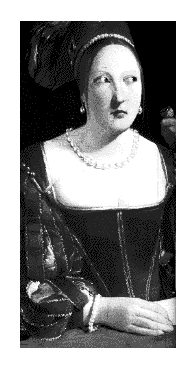Lost
Tomb
This Is His Incredible Story
of KV 5 and Its Excavation
Kent R. Weeks
(Morrow)

Perish the thought. First you get to Egypt and get a permit from the government. Then you go to where you think the graves are, and spend months finding the entrance, which is carefully hidden (grave robbers were a problem two thousand years ago as much as now).
Once you find that, you start sifting. That's your big task: sifting, because most of these tombs have been flooded by the Nile or its tributaries --- which means that dried mud, silt, and other trash has probably filled the first four or five rooms of the tomb with detritus. And you don't just go in with a steam-shovel: the dust and silt has to be sifted to make sure that there are no valuable pieces lying around underneath all the dried silt.
The trash is just the beginning of your problems. With your permit, you have to take along an official sleepy Egyptian Government bureaucrat who will certify your operations; you have to handle testy, often ill-paid workers; you have to deal with German and American tourists asking stupid questions; and --- once inside --- you have to live with 120 degrees and the terrible thought that if you make a mistake, you may well be destroying a valuable piece of history that you are supposed to be saving.
Dr. Weeks is at his best when he is describing the techniques of archaeological work, and the excitement of some of the finds --- for instance, some of the ushabtis that he discovered, being tiny statuettes designed to assist the deceased in the afterworld. Further, his tales on the translation of the characters found on the doors and walls is fascinating --- for example, in showing the detective work that went into descrying the role of Nefertiti in the life of Akhenaton (unusual for a woman of the time, she played a strong political role in the life of this king.)
However, when he starts telling us the history of the times, history lessons on who married who and who buried who --- it gets a little turgid, with too many exotic names, and too few reference points to hold us. The author is no pure dry scholar, thankfully. One of the wryest parts of The Lost Tomb tells us of the descriptive signs that the Egyptian government has placed outside the entrances to explain their significance to the tourists. The tomb of the "fourth king of the 19th Dynasty" somehow came out as "The fourking 19th Dynasty," and then went on:
-
tomb is considered one of the greatest tombs and is distinguished with its beautiful rema ining inscriptions the text oe Re Prayers BoookGatesBook and what is exists in the nether world.
His all-time favorite reads
-
The wall is Oecoratd with The Book of the DeadBook of the Book the Book BookBook.